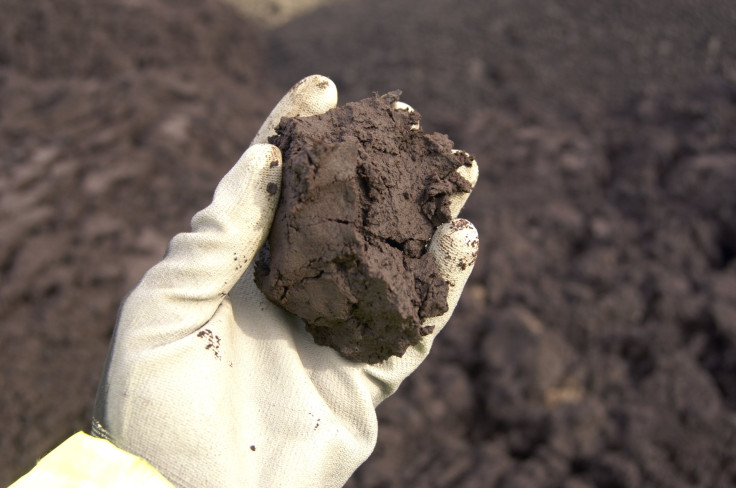Chemicals Released 80 Years Ago Are Making Soil More Toxic, New Study Warns

KEY POINTS
- Researchers discovered harmful synthetic chemicals in the soil
- The chemicals were released into the environment 80 years ago
- The synthetic chemicals can slowly migrate from water to soil
Researchers discovered that harmful synthetic chemicals released into the environment around 80 years ago have now found their way through the soil. The researchers noted that the way the toxic chemicals slowly accumulates in the soil is similar to a ticking time bomb.
The synthetic chemicals uncovered by the researchers from the University of Arizona have been identified as per- and polyfluoroalkyl substances (PFAS). Their findings regarding these chemicals were presented in a new study published in Water Resources Research.
According to the researchers, PFAS were widely used during the 1940s to make a variety of products such as firefighting foams, water-resistant fabrics, non-stick products, paint, and food packaging such as pizza boxes.
Unfortunately, the chemicals in these products do not break down. These means they can seep into the water and make their way into various environments. Previous studies have shown growing links between PFAS contamination in water sources and harmful health effects.
“Because PFAS are in a lot of consumer and industrial products, they can get into wastewater,” researcher Mark Brusseau said in a statement. “Treatment plants are not designed to treat these compounds, so these chemicals just stay in that water to get reused. It’s sprayed on soccer fields or used to recharge aquifers, for example.”
“PFAS can also get into the biosolids, which are land-applied as fertilizer, so there are all these sources, which means they could have entered the environment at many different time periods and repeatedly,” he added.
To understand how PFAS can contaminate the soil, the researchers developed a mathematical model to simulate how the chemicals move across different environments. Using this model, the researchers learned that PFAS could accumulate in areas where air and the water trapped in soil meet.
This causes the chemicals to move slowly to groundwater. As they make their way, the chemicals go through various soil layers such as coarse-grain and fine-grain.
Bo Guo, the lead author of the study, explained that the chemicals’ slow migration indicates that most of the PFAS released 80 years ago can still be found in the soil.
“This means that the majority of PFAS are still in the soil, and they are migrating down slowly in a way similar to a ticking time bomb,” he stated.
© Copyright IBTimes 2025. All rights reserved.





















